A Detailed Comparison When it comes to picking the perfect pair of shoes, many factors come into play, and one of the most critical decisions you’ll face is choosing between synthetic and leather materials. Both options offer their own set of advantages and disadvantages, making it essential to understand the differences between them before making your purchase. In this article, we will delve into the intricate details of synthetic vs leather shoes to provide you with a comprehensive comparison that can guide your decision-making process. 1. Material and Durability Leather shoes are made from animal hide, typically cowhide but sometimes from other animals such as goats, sheep, or even exotic animals like crocodiles. Leather is renowned for its durability, natural flexibility, and ability to mold to the shape of your feet over time, providing maximum comfort. The quality of leather varies depending on its grade and tanning process. Full-grain leather, for example, is the most durable and high-quality leather type, while top-grain leather is sanded and buffed to eliminate imperfections.
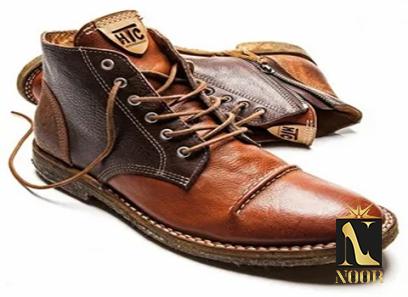
.
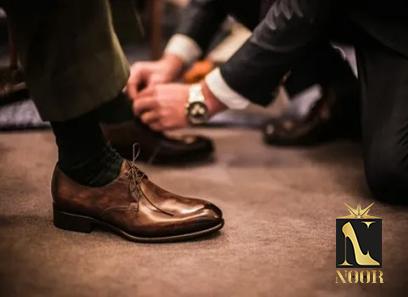 On the other hand, synthetic shoes are made from various human-made materials, such as polyurethane (PU), polyvinyl chloride (PVC), or microfiber. Synthetic materials are designed to mimic the look and feel of leather at a lower cost. However, synthetic shoes usually lack the same durability and breathability as genuine leather, making them less suitable for prolonged wear or high-impact activities. 2. Comfort and Breathability Leather shoes, especially those made from high-quality materials, offer superior comfort due to their ability to stretch and mold to your feet. The natural breathability of leather allows air to circulate, preventing excessive moisture build-up and keeping your feet cool and dry for extended periods. Leather also helps absorb some impact, making it an excellent choice for those with foot conditions or anyone who spends a lot of time on their feet. Synthetic shoes, while often lighter in weight than their leather counterparts, generally lack the breathability and moisture-wicking properties of leather. This can lead to sweaty feet and discomfort, particularly during hot weather or in activities that induce excessive perspiration. 3. Style and Appearance Leather shoes have long been associated with timeless style and elegance. The natural appeal of leather makes it a popular choice for formal and dress shoes, as well as designer footwear. Leather also develops a unique patina over time, contributing to the overall aesthetic and showing the shoe’s age and quality.
On the other hand, synthetic shoes are made from various human-made materials, such as polyurethane (PU), polyvinyl chloride (PVC), or microfiber. Synthetic materials are designed to mimic the look and feel of leather at a lower cost. However, synthetic shoes usually lack the same durability and breathability as genuine leather, making them less suitable for prolonged wear or high-impact activities. 2. Comfort and Breathability Leather shoes, especially those made from high-quality materials, offer superior comfort due to their ability to stretch and mold to your feet. The natural breathability of leather allows air to circulate, preventing excessive moisture build-up and keeping your feet cool and dry for extended periods. Leather also helps absorb some impact, making it an excellent choice for those with foot conditions or anyone who spends a lot of time on their feet. Synthetic shoes, while often lighter in weight than their leather counterparts, generally lack the breathability and moisture-wicking properties of leather. This can lead to sweaty feet and discomfort, particularly during hot weather or in activities that induce excessive perspiration. 3. Style and Appearance Leather shoes have long been associated with timeless style and elegance. The natural appeal of leather makes it a popular choice for formal and dress shoes, as well as designer footwear. Leather also develops a unique patina over time, contributing to the overall aesthetic and showing the shoe’s age and quality.
..
 Synthetic shoes, on the other hand, can imitate leather’s appearance but often lack the same level of sophistication. While some synthetic shoes offer eye-catching designs and vibrant colors, they may lack the subtle details and richness that genuine leather provides. 4. Environmental Impact One crucial aspect to consider when choosing between synthetic and leather shoes is the impact on the environment. Leather production raises concerns related to animal welfare and the carbon footprint associated with livestock farming. Additionally, the tanning process involves chemicals that can be harmful to the environment if not adequately managed. However, there is a growing trend towards ethically sourced and sustainable leather, which aims to address these concerns. Synthetic shoes, while not directly relying on animal products, are typically made from petroleum-based materials, which require significant energy consumption and contribute to pollution during production. It’s important to note that both leather and synthetic shoes have their environmental drawbacks, so understanding the sourcing and manufacturing practices of different brands can help make a more informed decision.
Synthetic shoes, on the other hand, can imitate leather’s appearance but often lack the same level of sophistication. While some synthetic shoes offer eye-catching designs and vibrant colors, they may lack the subtle details and richness that genuine leather provides. 4. Environmental Impact One crucial aspect to consider when choosing between synthetic and leather shoes is the impact on the environment. Leather production raises concerns related to animal welfare and the carbon footprint associated with livestock farming. Additionally, the tanning process involves chemicals that can be harmful to the environment if not adequately managed. However, there is a growing trend towards ethically sourced and sustainable leather, which aims to address these concerns. Synthetic shoes, while not directly relying on animal products, are typically made from petroleum-based materials, which require significant energy consumption and contribute to pollution during production. It’s important to note that both leather and synthetic shoes have their environmental drawbacks, so understanding the sourcing and manufacturing practices of different brands can help make a more informed decision.
…
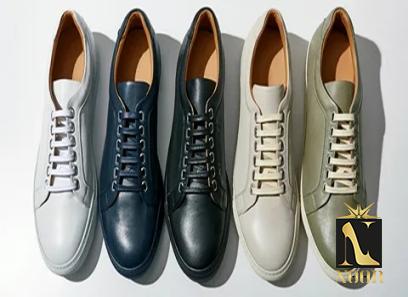 5. Cost and Value for Money Cost is often a significant factor in decision-making when it comes to purchasing shoes. Leather shoes, particularly those made from high-quality materials, tend to come with a higher price tag. However, they offer long-term value due to their durability and ability to age gracefully. Investing in a well-made pair of leather shoes can save you money in the long run, as they often outlast multiple pairs of synthetic shoes. Synthetic shoes, on the other hand, are generally more affordable and can be a suitable option for those on a budget or looking for temporary footwear. Keep in mind that synthetic shoes may need to be replaced more frequently, increasing the overall cost over time. In conclusion, the choice between synthetic and leather shoes depends on several factors, including personal preferences, durability requirements, style, environmental considerations, and budget constraints. If you value comfort, durability, and a timeless appearance, leather shoes are the way to go. On the other hand, if affordability, specific design options, or vegan choices align with your priorities, synthetic shoes can be a viable alternative. Ultimately, understanding the characteristics and implications of both options will help you make an informed decision and find the perfect shoes to meet your needs.
5. Cost and Value for Money Cost is often a significant factor in decision-making when it comes to purchasing shoes. Leather shoes, particularly those made from high-quality materials, tend to come with a higher price tag. However, they offer long-term value due to their durability and ability to age gracefully. Investing in a well-made pair of leather shoes can save you money in the long run, as they often outlast multiple pairs of synthetic shoes. Synthetic shoes, on the other hand, are generally more affordable and can be a suitable option for those on a budget or looking for temporary footwear. Keep in mind that synthetic shoes may need to be replaced more frequently, increasing the overall cost over time. In conclusion, the choice between synthetic and leather shoes depends on several factors, including personal preferences, durability requirements, style, environmental considerations, and budget constraints. If you value comfort, durability, and a timeless appearance, leather shoes are the way to go. On the other hand, if affordability, specific design options, or vegan choices align with your priorities, synthetic shoes can be a viable alternative. Ultimately, understanding the characteristics and implications of both options will help you make an informed decision and find the perfect shoes to meet your needs.
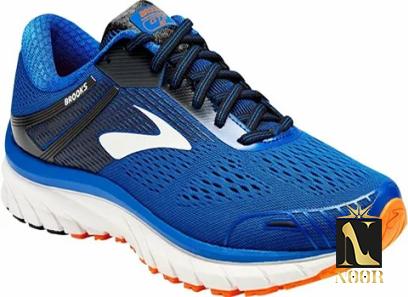
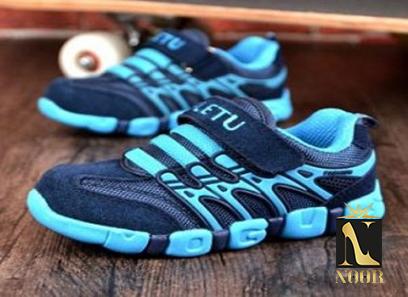



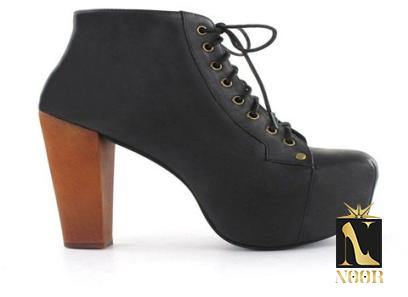
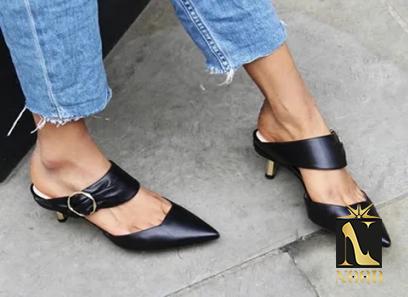
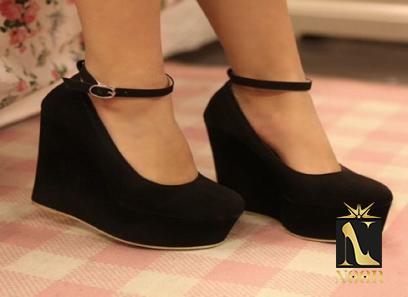

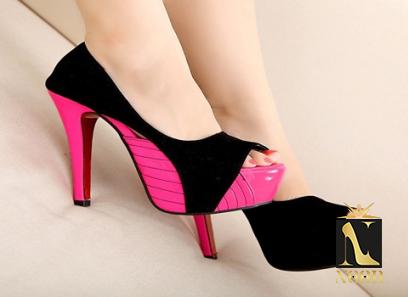
Your comment submitted.